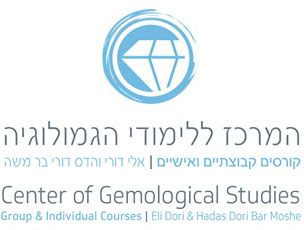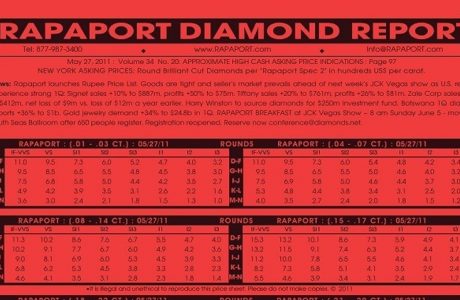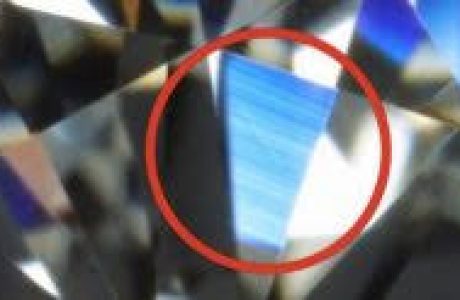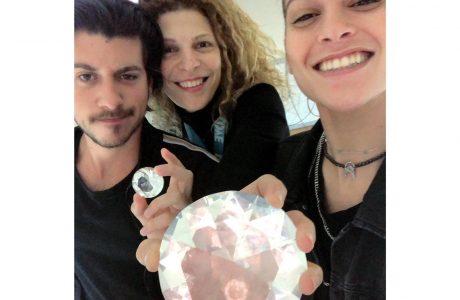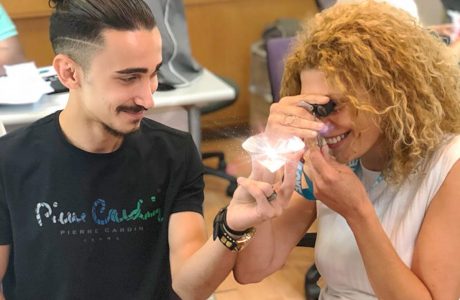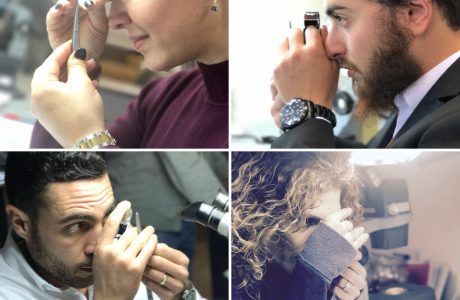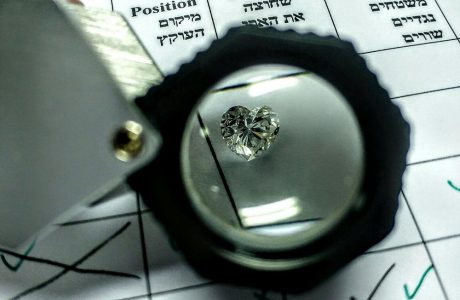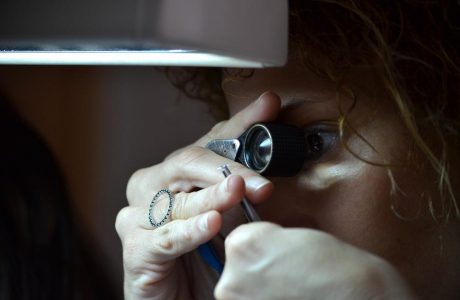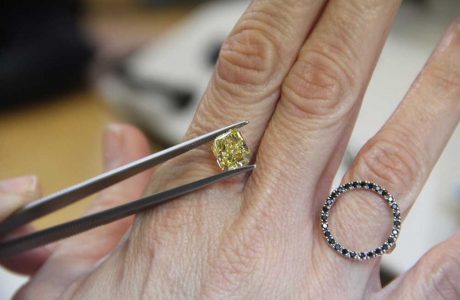Rapaport Diamond Report
Rapaport Diamond Report (RDR) for polished diamonds is named after the Jewish American diamond dealer Martin Rapaport, or by his nickname: “Mr. Bow-Tie”, because he only wears bow-ties. Rapaport Diamond Report In 1978 the RDR was first published. This is the most popular and well known report in the world diamond industry. The report […]

